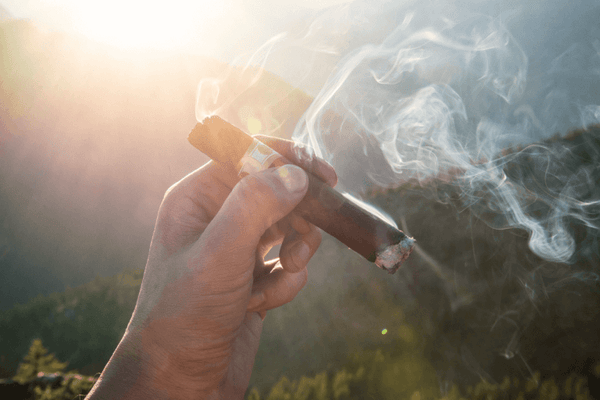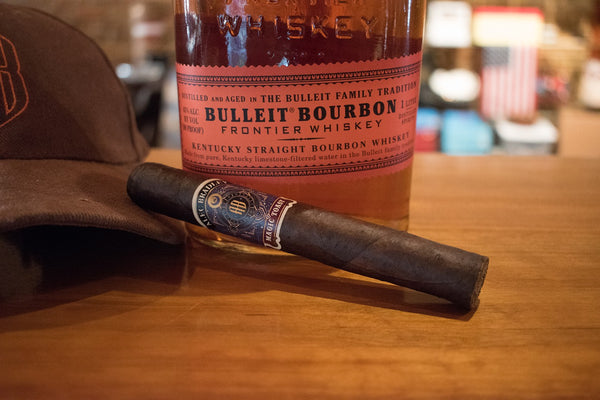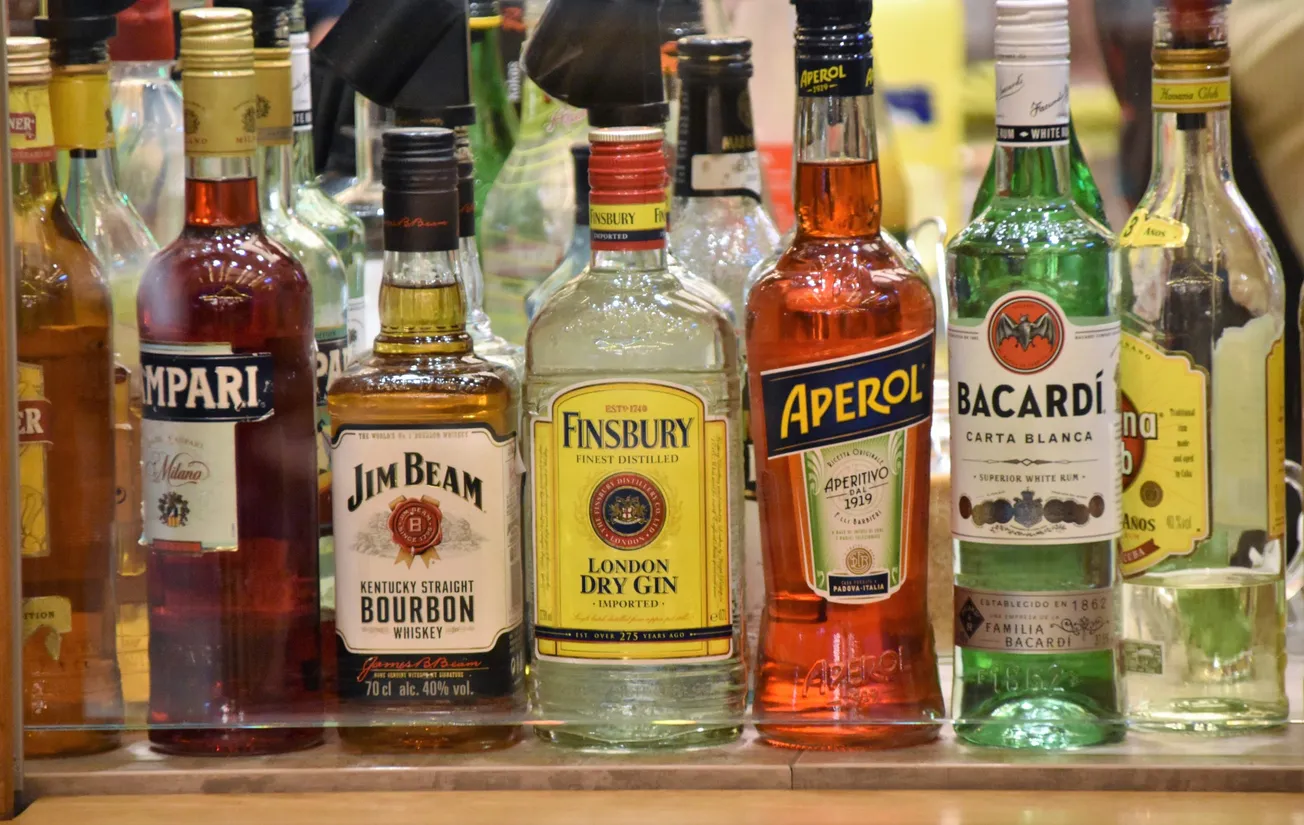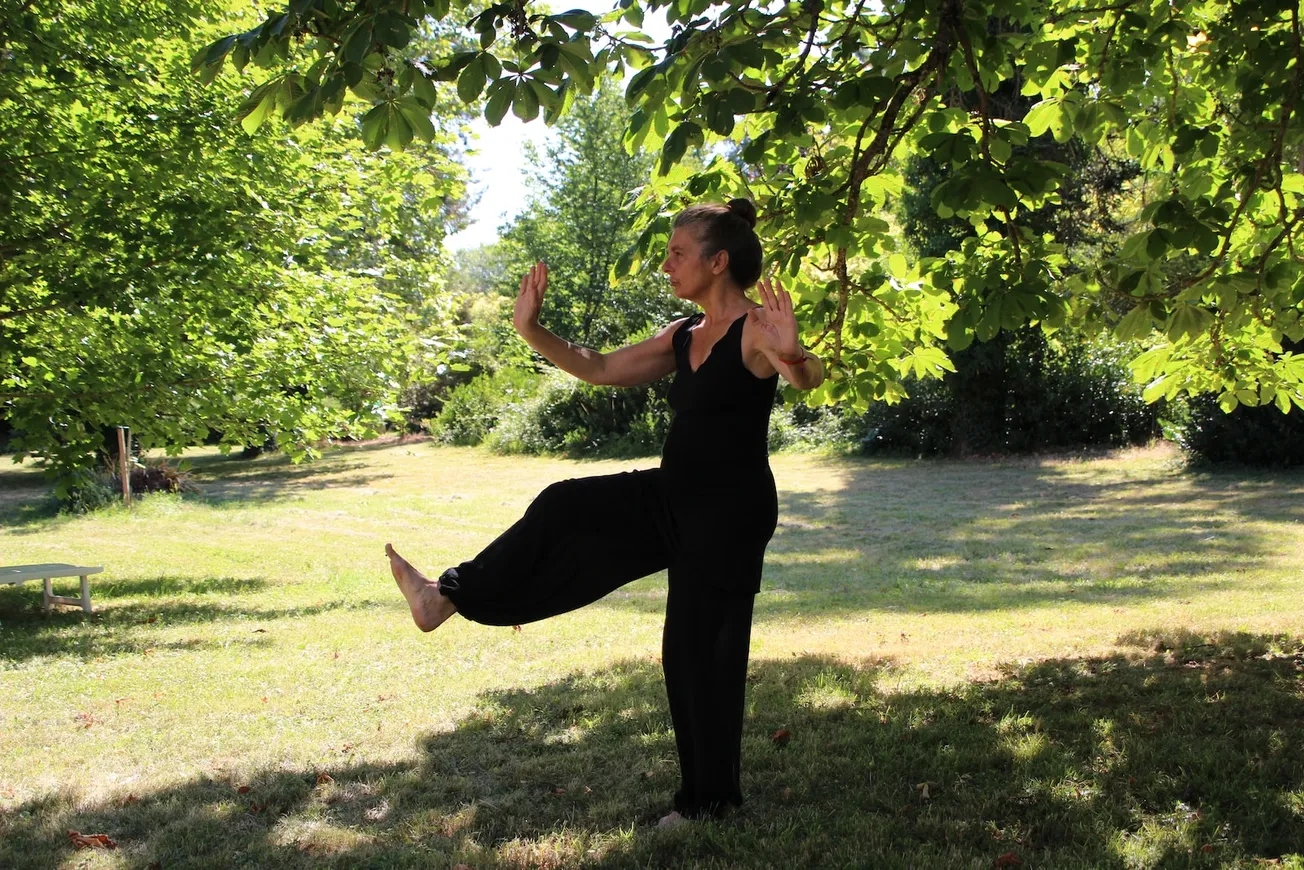Grant Ovenden
The Cigar Merchant
Purchasing a cigar can seem very daunting given the vast array of cigars available to you (yes, even in New Zealand). From the varying brands, sizes & shapes and wrapper options available – where do you start?
The good news is that it doesn’t have to be such an overwhelming experience – we are here to help.
The following Cigar Basics/Cigars 101 guide will hopefully help you with your journey into discovering the world of Premium Cigars.
We hope, having the answers to some basic questions first will prepare you before you take the plunge into your new passion.

Question 1: How much time do you have to smoke your cigar?
As simple as it sounds, the overall size of the cigar will affect how long it takes to enjoy. There is little point selecting a large or long cigar if you have limited time as rushing a cigar simply won’t be enjoyable.
If you are looking for a cigar that will smoke less than an hour, you would select a Corona or Robusto cigar; if you are looking for a quick lunchtime cigar or after work cigar, you would select a Petit Corona or a panatella.
Given most of us enjoy cigars with a friend, catching up, talking about life; then you would want a Toro sized cigar; if you were sitting down to watch a movie, then a Churchill would be a good selection (or a Robusto followed by a Toro also works).
Cigar thickness is measured in terms of what is called ring gauge, thicker ring gauge means a longer smoke time relative to the length of the cigar.
A “ring” is the equivalent to 1/64s of an inch in diameter, so a 50-ring gauge cigar equals 50/64s of an inch for example.
The length of a cigar has always been measured in inches, even though we live in New Zealand and run by the metric system, we stick to the traditional imperial (inch) measurements (sorry, I’m old school).
If you do smoke a longer cigar and run out of time, simply put it down; don’t crush it like a cigarette; if you can return to it within the hour and try to enjoy the remainder.
TCM Tip: A half-smoked cigar is never enjoyable the next day
Mini’s / Cigarillo:- about a 10-15 minutes tops
Petite Corona / Ascot:- under 30 minutes
Corona Gorda / Corona Extra / Corona / Robusto / Belicoso (5″ to 6″ 40 to 50 gauge):- about 30 to 45 minutes
Robusto Grande / Torpedo / Toro / Lonsdale (5 1/2″ to 6 1/2″ 48 to 54 gauge):- about 45 to an hour and a half
Gordo (6″ by 60 gauge):- a good solid hour to an hour and a half
Churchill / Presidente (7″ by 47 gauge):- about a solid hour to an hour and a half or more.

Question 2: Is this your first cigar?
For the novice (and aficionado), we now discuss the “body” of the cigar; or in simpler terms the strength and profile of the cigar.
Mild, medium or strong (full-bodied)
The rule of thumb, if you are starting out is to start in the mild to medium range, don’t overwhelm your palette to early; also don’t make yourself sick from a strong cigar.
This isn’t to say that the more experienced cigar aficionado doesn’t enjoy mild-medium cigars also; while I personally tend to smoke stronger cigars, most week-days I will enjoy a mellower cigar while working at my desk.
So, what are you looking for other than our description stating “mild” and “medium”? Cigars like the Alec Bradley Connecticut, Fratello Oro, Joya Cabinetta, Kafie 1901 Connecticut, Quorum Classic, Blue Train, are all great examples and most use the milder Connecticut wrapper which is perfect for those starting out.
Darker cigars (Maduro) use typically a Habano or Broadleaf wrapper which while often sweeter, are also stronger.
In between, if you wish to challenge your senses, the Cameroon wrapper (Arturo Fuente) and Sumatra wrapper (Kafie 1901 Sumatra, The Leaf Sumatra) are another interesting wrapper, medium-plus in body.
“A good rule of thumb for beginners is to start out with a mild- to medium-bodied cigar as they are a solid starting point as you begin to refine your palette before attempting options with stronger flavour characteristics.”
Many new cigar smokers who may have had a Cuban cigar typically would be pointed in the direction of a Romeo y Julieta for instance, being the milder-side of Cuban cigars.
TCM Tip: Have some Coke’a’Cola on hand (not sugar free); if you feel yourself fading, a can of Cola can make all the world of a difference; nicotine can crash your blood sugar levels, this is the quickest revival trick I know of

Question 3: Not your first cigar, but your first non-Cuban cigar?
This is generally our typical new client, one that has enjoyed some Cuban’s and then a friend has recommend Canteros New Zealand to them. Again, the choices we offer can seem daunting, given the large range of cigar family’s we represent in New Zealand.
Don’t always go straight to the highly rated cigars; while this might take some guess work out, pretty much every cigar we represent and sell we have enjoyed and for great reasons.
Many are smaller, boutique labels that don’t covet the rankings and are quite simply outstanding cigars.
Feel free to email us, tell us what you have enjoyed and we can do our best to help.
This is where knowing the construction of cigar comes to play, for myself, it is how I pick new cigars that have only just been released; like a good TAB punter, I can with a degree of certainty pick a great cigar based on its blend and factory.
It is worth noting here that the vast majority of Premium Cigars (non-Cuban) are blended by former Cuban Masters; to be honest, if it wasn’t for Castro and his Dictatorship, we simply wouldn’t have the fantastic wealth of knowledge that we have today in the Premium Cigar world.
But just as equally, there are plenty of new Masters who have learnt the trade and do amazing things; the likes of Joya de Nicaragua being the oldest Nicaraguan cigar factory; J.C. Newman and Arturo Fuente; Viaje; Fratello; Kafie; Drew Estate; Alec Bradley; Casa Cuevas; Dunbarton Tobacco & Trust; illusione; Oscar Valladares; Rocky Patel and many more…
After smoking a few cigars, either as a novice or more experienced aficionado you will soon work out your tastes and likes and dislikes; lighter coloured cigars, dark cigars or a bit of everything. Don’t forget, we are always here to help.

Question 4: Are you wanting Cigars for a Celebration?
Quite possibly one of our more common enquiries – a few key things to consider here.
You may have cigar experience, but have your friends? While it may seem rude, you may opt to get smaller Petite Corona’s for everyone in the groom’s party and a more extravagant cigar for yourself and the Best Man (if he also shares your passion).
Also you may just enjoy what everyone else is having…
Traditionally cigars are handed out to celebrate the birth of a new baby; again, think about your friends and family – I do not believe it is rude to ask the group if they would like to join you and if they have had cigars before.
Let’s be honest, cigars are not a cheap luxury in New Zealand, so, best to check your target audience before you watch some guys smoke 1″ of a 6″ $60 cigar and put it in the ashtray for the rest of the night.
Timing – boy this is a key one; if you are smoking cigars on your wedding day, be considerate to your new wife… ducking away for 2 hours with lads isn’t going to start your marriage off on the best foot (trust me, I know!).
Sometimes the “wedding” cigar is best to be enjoyed the night before guys…
Hen’s parties – don’t always fall for the trap that your girlfriends only want to smoke small, flavoured cigars; you might be happily surprised when you discover a fellow girlfriend quite enjoys “real” cigars too. But that option of smaller, flavoured cigars is always there too.
Maybe you are celebrating a great sale, business success, retirement or a child graduating – the solitary celebration can be quite a pleasurable memory.
This is where you might push the boat out based on your budget; you can find some fantastic cigars in the mid-$30 range and of course, you can always go high with our rarer cigars. This is where you might wish to head to the 90+ Rated cigars section, because you know they are going to be fantastic thanks to (I hope) impartial panels ranking them accordingly…
Again, feel free to drop us an email, we can help pick the fine cigar for such a memorable occasion.

Question 5: Do you have a specific libation/tipple you like to enjoy?
Pairing cigars and libations/tipples/craft beers is where life gets fun – unless you are like me and enjoy all just as much as each other.
So, what do I do? Most of the time I will start the cigar, if it is particularly sweet I may reach for a Bourbon or Rum; if it is a luscious Habano, then I will most likely gravitate to a fine Single Malt Whisky.
Then again, sometimes I am in a mood for a particular libation, in which case I will select a natural (lighter) cigar for a whisky for instance; or a darker cigar for bourbon or rum.
When it comes to Craft Beers then it gets a bit more interesting, here is where I run into problems – with the new style of heavy-hopped craft beers, the bitterness can make for a poor cigar experience.
Again, it becomes a trial and error thing; but generally, I stick to IPA’s or Hazy’s and then a heavy Stout and a strong dark cigar to finish my night.
…what was the number for AA again?

Some quick tips and answers to finish this very long BLOG
What do the sizes mean?
Cigar sizes and shapes (vitola’s) are about as varied as your imagination can be (Google Drew Estate’s Egg or a Culebra or The Woody by Oscar Valladares).
- Mini’s / Cigarillos / Cheroots – these are short, thin cigars much like a cigarette; the difference being they are made with 100% natural tobacco leaf – not stalks, no chemicals
- Petit Corona’s – these are the smaller sized “real” cigars we have, a quick, enjoyable smoke
- Corona’s / Lonsdales / Lancero’s – these are thinner cigars and can be short’ish (5″) or long (7″), the skill required to roll a Lancero is one of the most demanding
- Rothschilde’s / Short Robusto’s – typically a 4″ or 4 1/2″ by 50 cigar (a short Robusto)
- Robusto’s / Toro’s – these are your typical cigar, what we most commonly stock and what are most commonly enjoyed (I believe); 5″ to 6 1/2″ generally by 50-gauge
- Churchill’s – these are your larger cigars typically 7″ by 47; aptly named after Sir Winston Churchill, it was this size of vitola he enjoyed the most
- Gordo’s – these are fat cigars, 60-gauge but can be short or long
- Perfecto – this is a cigar tapered at both ends
- Belicoso – has a pointy’ish head, typically a 5 1/2″ length and 50-gauge
- Torpedo – has a pointy head like a torpedo, typically 6″ length and 50-gauge
- Nub – these are typically short, fat cigar 3 1/2″ or 4″ by 50-gauge
What do the different wrappers mean?
Wrappers typically give the cigar its pronounced flavour and a degree of strength; just quickly a cigar is made of an outer wrapper leaf; a binder (a wrapper leaf that was deemed too ugly to be a glorious wrapper) and filler tobaccos (a “bunch” of tobaccos that make up the core body of the cigar, here a Master Blender can add strength and complexity as well as trying to ensure they all burn at the same time – it’s a bloody complex art!)…
- Candela/Double Claro – typically has a green hue to it and most used for St. Paddy’s Day celebration cigars; but this was the main colour of cigars way back in the day
- Connecticut/Claro – this is your lighter, creamier tobacco sourced from many parts of Central America and the USA typically
- Natural (EMS) – a typical wrapper used in Cuban cigars (English Market Selection), non-Cuban cigars tend not to just say “Natural” any more
- Corojo – originally from Vuelta Abajo region of Cuba, now grown throughout Central America this has a spicy, robust taste with peppery notes (also a stronger tobacco typically)
- Criollo – possibly the oldest tobacco (circa 1400’s) the term means “native seed” and are milder than Corojo; these days they are crossed with other strains
- Sumatra – originally from the Indonesian island of Sumatra, this tobacco is on the sweeter side; widely used in infused/flavoured cigars as the wrapper “gives” to the introduced infusion
- Habano – darker than most “natural” cigars and by far the spiciest; Habano not only references its Cuban-origin, but also because it departs that traditional “cubanesque” flavour profile; we now have Habano 2000 strains which are even more flavour-intense
- Maduro – this means “mature” or “ripe” in Spanish and is always a dark wrapper; well fermented and aged typically. Mexican San Andres & Connecticut Broadleaf are two of the most common maduro wrappers we see; these are also much thicker leaves and take longer to ferment and age; the maduro leaf tends to be sweeter and very pronounced flavours
- Oscuro – this is the darkest leaf you will find, not widely used because it takes a lot of work to cure; again very intense very specific flavour notes and strength
- Cameroon – grown in Cameroon (Africa) this is one of my favourite wrappers; but it is expensive and not available in large quantities. Arturo Fuente and J.C. Newman use this leaf extensively and it is the key to their very unique cigar profiles; rich-tasting and smooth
- Rosado – one of the less common wrappers, Rosado translates to “rosy” or “pinkish” in Spanish; they are typically quite a reddish-brown in colour and provide a spicy, coffee, earth and pepper flavour profile
What about brands, which is the best?
Well now, this is the pointy-end of the BLOG clearly… for me, personally I have been smoking non-Cuban cigars for well over 20 years and while I have a coveted list of brands I know produce some of the very best; I still very much enjoy having to smoke just about everything that comes into the humidor (it’s a hard job, trust me).
As a retailer, I guess I get frustrated when someone has a “bad” experience with a brand and instantly says “never smoking them again” – cigars are a 100% artisan product, each one is rolled by hand.
We can have five guys over for a cigar and I can guarantee you one of the five will have some minor issue with the burn of the cigar; it is life (still about a 100% better strike rate than smoking Cuban’s)…
It is like the person who only drinks un-oaked Chardonnay’s – sorry, get a life; there is so much variety out there, enjoy it; we only live once!
But it happens, I get it. But please, try to keep a wide-open mind and experience as much of life as you can.
If you follow me on social media, you’ll see I go “hot” on a cigar line, hey, when they’re great, they’re great, smoke them! But you will also note, I smoke a lot of different brands, shapes & sizes and wrappers; yes, I enjoy them and I enjoy them a lot…
Really it is totally up to personal preference, your mood, the time you have available and the friends you have with you that often determines a great cigar or a fantastic cigar.
Never smoke a cigar when you are in a bad mood (unless it will fix that); never ever ever rush a cigar; just DON’T!
Always try to enjoy a cigar with a friend, it is a heck of a lot more fun!

TCM Tip: Why are cigars so expensive in New Zealand – the main factor here is the excise duty imposed on imported tobacco by New Zealand Customs; on January 1st, 2020 it was raised to $1,288.59 per kilo of tobacco content (KTC); then there are the usual import costs & fees, freight and GST.
A Robusto sized cigar (5″ by 50) you are looking at ~$16 per cigar
A Toro sized cigar (6″ by 50) you are looking at ~$22.50 per cigar.
TCM Tip: FYI – a “Churchill” is not a cigar, it is a size or vitola of a cigar (traditionally 7″ by 47)










